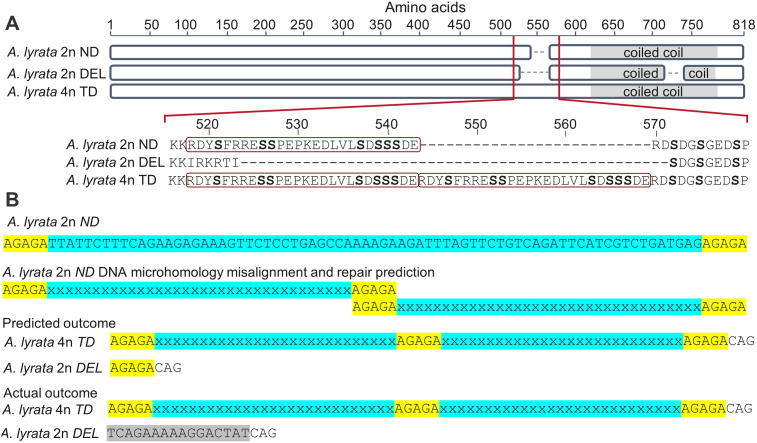Fig 4. Structural variants of the three major A. lyrata ASY3 alleles.
(A) The serine-rich region (red box) with serines highlighted in bold in the non-duplicated (ND) ancestral diploid allele, absence in the deletion (DEL) diploid allele and tandemly duplicated (TD) in the derived tetraploid allele possessing two serine-rich regions (red boxes) as well as putative SUMO sites at K517, K531 and K556. (B) Major structural variation at the ASY3 locus suggesting that misalignment by DNA microhomology (highlighted yellow) and recombinational repair between the ancestral ND alleles may have led to the formation of the TD allele (blue = region of duplication). The outcome does not quite match the prediction as there are bases of unknown origin in the DEL allele (shaded in grey), but formation of these alleles may be independent events. The x’s highlighted in blue represent bases between the AGAGA sites as shown for A. lyrata 2n ND.

